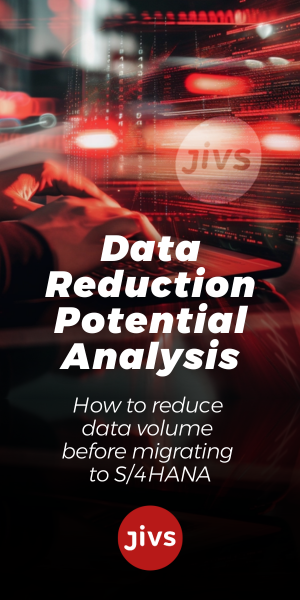As businesses grow and become increasingly more digitized, energy consumption across all industries has skyrocketed – and continues to do so. While fuel prices rise, companies are faced with the challenge of how to cut costs on energy consumption, with it being a matter of survival in the case of some firms. Hitting sustainability goals needs to become a priority for many businesses, with the reduction in CO2 emissions being of paramount importance.
A report published by the International Energy Agency in January 24 revealed that electricity consumption from data centres could double by 2026, with global energy demands growing an average of 3.4 percent per year. Global data centers’ total electricity consumption was an estimated 460 terawatt-hours in 2022; that number is set to reach 1,000 terawatt-hours by 2026 – the equivalent amount of energy consumption that the entire country of Japan needs. The further technology drives forward, the more these consumption numbers will exponentially increase.
With sustainability in mind, it’s time to start questioning how IT operating costs can be reduced while taking measures against depleting vital energy stores unnecessarily.
Reducing the volume of data that has to be processed is an obvious answer to weakening the strain on worldwide data centers. One of the best ways to achieve this is by refining old, legacy data by trimming the fat and retaining what’s vital. Identifying and securely storing the best-quality data is where Data Migration International’s JiVS Information Management Platform, or JiVS IMP, can.
By separating historical data from the rest of a company’s operational data, JiVS IMP can reduce the burden on live systems. The historized data is then cleaned, sorted and refined so whatever information that’s retained and migrated is of ideal quality. The platform also strictly adheres to any legal compliance requirements when handling business data.
Maintaining a live system, especially one that holds a massive volume of legacy data, is cost intensive and rarely worth maintaining. JiVS extracts the historized data from both SAP and non-SAP systems and stores it (alongside its business context) on a separate, secure platform – making the data a lot more accessible whenever the need arises. JiVS IMP stores the refined, historized data on a separate platform as a cost-effective solution, with the potential to save between 80 to 90 percent on operating costs purely from the shutting down of old, energy-sapping, live, legacy systems.
Energy costs will continue to rise in the coming years. By asking the right questions now and getting an idea of how to achieve sustainability, businesses can start on the right foot and make the necessary changes now. With help from JiVS IMP, energy-draining legacy data systems no longer have to be a financial burden.






